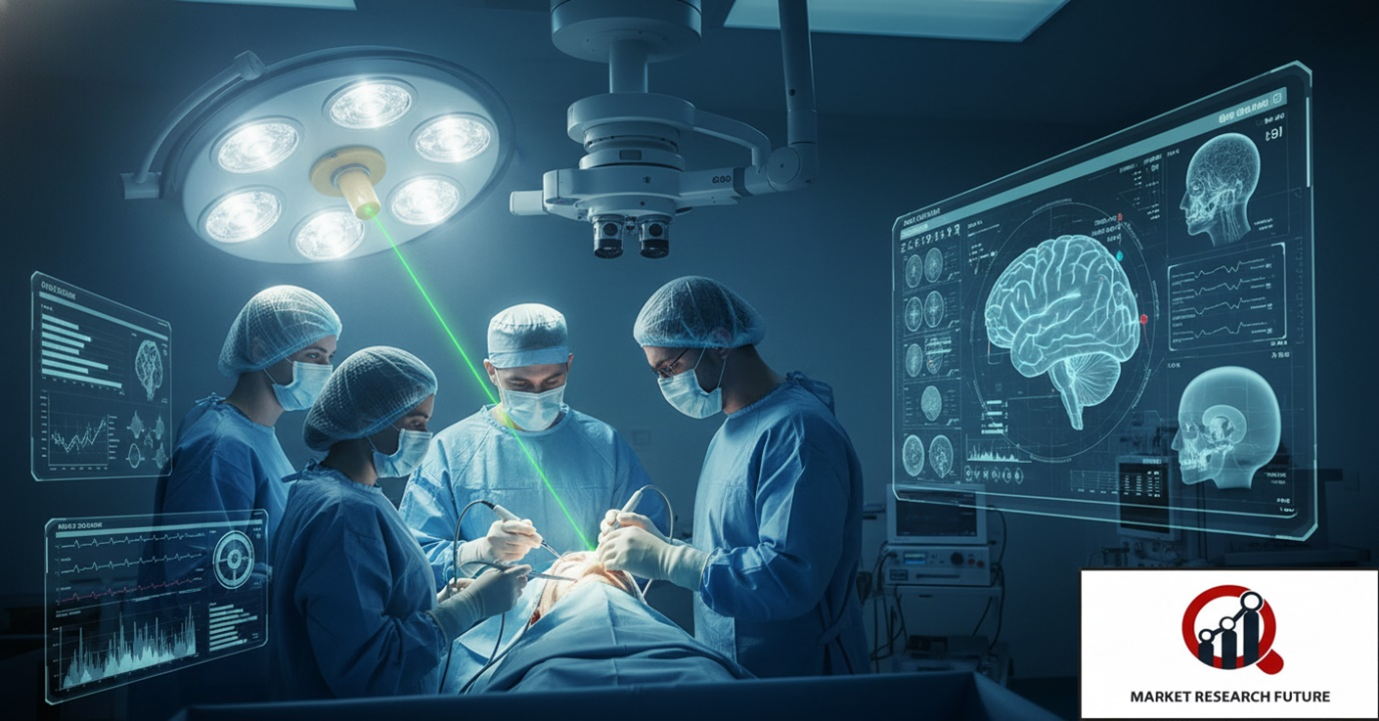Understanding Surgical Navigation Systems: The GPS of Modern Surgery

What Is a Surgical Navigation System?
A surgical navigation system is a highly advanced piece of surgical technology that tracks a surgeon's instruments in real time during a procedure. It is like a GPS system that shows the exact location of surgical instruments in relation to the surgery's anatomy on preoperative images like CT and MRI scans.
Every system has:
- A personalized computer workstation.
- Data processing and visualization software.
- High-resolution images that act as a surgical roadmap.
In surgical specialties like sinus and neurosurgery, the preferred technique is magnetic navigation due to its flexibility and precision.
How Does Surgical Navigation Work?
A detailed 3D map of the patient’s anatomy is created using high-resolution CT scans. On the day of surgery, the system:
- Imports the scan into a navigation workstation.
- Aligns the preoperative images to the patient's anatomy in a process called registration.
- After this has been done, the system overlays the imaging data and tracks the surgical instruments in real time.
- Surgeons are able to gauge the proximity of their tools to vital tissues, blood vessels, and bones with millimeter accuracy, allowing for proximity and spatial relationships to be evaluated.
Applications of Surgical Navigation Systems
Different branches of medicine and surgery have employed the use of these systems. Some of the primary branches include:
- Neurosurgery: During tumor resections and spinal surgery.
- ENT: During surgery on the sinuses and base of the skull.
- Orthopedics and Spine: for the placement and realignment of surgical implants.
- Dentistry and Maxillofacial surgery: during guided surgery for implant placement.
- Surgeries that are designed to be minimally invasive and use robotics, where precision and accuracy are priorities.
These systems use imaging methods such as CT and MRI, along with 3D modeling software, to create a virtual replica of the patient, which can be used for surgical planning, rehearsal, and real-time navigation during the procedure.
Improving Accuracy in Surgery
It allows for a 3D visualization of the surgical area, which can be manipulated from different perspectives and angles. This allows:
- Awareness of the depth and angle of the surgical tool.
- Critical structure avoidance.
- Tissue damage and complication reduction.
- Enhanced precision during minimally invasive surgery (MIS).
Continuously displaying the instrument position and path significantly improves safety and outcomes during procedures and operations.
Types of Surgical Navigation Systems
There are various methods of surgical navigation systems. These methods are labelled as:
A. Static Navigation: Employs the use of pre-designed surgical templates or guides. Sub-Types:
- Full Guided (FG) – High precision; generally utilized in flapless surgeries.
- Half Guided (HG) – These methods are a pilot drill or drilling guide.
Once set, surgical guides are fixed and do not change during the operation.
B. Dynamic Navigation: In this method, the position of the surgical instruments is tracked in real time. This method of navigation allows for flexible adjustments during the procedures. This type of navigation system is increasingly being integrated into robot-assisted systems.
Advantages of Surgical Navigation Systems
- Improved Accuracy: Surgical error minimization is accomplished through visualization in real time.
- Lower Risk: Damage to vital, surrounding structures is avoided.
- Quicker Recovery: Recovery is hastened due to minimally invasive procedures.
- Improved Outcomes: Precise surgical techniques minimize complications.
- Improved Patient Satisfaction: Pain and recovery time are expedited as patients are able to return to their normal routine faster.
Limitations and Challenges
There are challenges in the use of navigation systems, such as:
- High Cost – Maintenance and installation costs are very high.
- Need for Skilled Surgeons – Precision in the procedure relies on the expertise of the user.
- Limited Accessibility – Most advanced systems are found mostly in developed regions.
- Learning Curve – Surgeons must undergo training to accurately interpret and analyze real-time data.
The Future of Surgical Navigation
AI, robotics, and augmented reality (AR) will converge for next-generation surgical navigation systems. AI will automate surgical planning and aid in error correction. AR will create 3D images of the relevant body parts and project them onto the surgical field. Robotic surgical navigation will ensure safe surgeries with advanced automated systems.
With ongoing advancements in technology, surgical navigation systems will target the goals of precision medicine and personalized surgery. The next decade will see surgical navigation systems becoming even more advanced.
Summary
Surgical navigation systems have changed the fundamental mechanics of contemporary surgery by endowing surgeons with remarkable precision, control, and self-assurance. As these systems develop, the surgical planning-execution gap will continue to narrow. Improving patient safety, recovery speeds, and overall outcomes is the pioneering mission for surgical navigation systems worldwide.